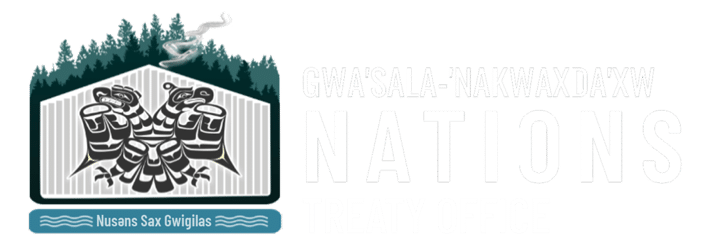
The treaty negotiations process provides a framework for the three parties: Canada, BC and First Nations – to work towards the common goal of reconciliation, and building a new relationship, through constitutionally entrenched government-to-government-to-government understandings. Some of the major components integral to modern treaty making in British Columbia are:
First Nations have for thousands of years sustained vibrant and rich cultural identities profoundly linked to BC’s land and waters.
Self-determination is a core principal of self-government, the BC treaty negotiations process and is also reflected the United Nations Declaration of the Rights of Indigenous Peoples.
Land has spiritual, economic and political significance for First Nations peoples. First Nations traditional territory—land occupied and used historically—is integral to their identity.
Treaties will bring certainty to land ownership and jurisdiction, funding and new investment. Through treaties, First Nations will be able to provide services appropriate to the unique culture.
Our Frequently Asked Questions (FAQ) booklet is the first in a series of four booklets prepared by the Gwa’sala-Nakwaxda’xw Nations’ Treaty Support Team. The booklet will answer questions regarding status, Aboriginal title, taxes, healthcare and self-government and many other questions that have been raised at Treaty meetings.
Our Overview Booklet is the second in a series of four booklets produced by the Gwa’sala-Nakwaxda’xw Nations Treaty Support Team. This booklet provides information on the past, present and future of the Nations. It covers topics including governance, administration, economic development, and the Gwa’sala-Nakwaxda’xw Nations entry into the BC Treaty Process in 1993.
The third booklet in the series of booklets produced by the Treaty Support Team is Gwa’sala-Nakwaxda’xw Nations: Our History. The booklet gives a glimpse into the early times and Gwa’sala and ‘Nakwaxda’xw Villages. It also discusses the challenges of colonization and the growing interest in the future of returning to the Homelands.
The final booklet in this series is the Gwa’sala-’Nakwaxda’xw Nations: Pathway to Self-Governance booklet. The booklet discusses the meaning of self-governance and the different options we have to achieve it so that we can continue to build and reclaim our future based on Nusens Sax – ‘our ways’. The chart at the end of the booklet highlights the strengths and shortfalls of each of the options listed.
A First Nation files with the Treaty Commission a statement of intent (SOI) to negotiate a treaty with Canada and BC.
The Treaty Commission must convene an initial meeting of the three parties within 45 days of accepting a statement of intent.
The framework agreement is, in effect, the “table of contents” of a comprehensive treaty.
This is where substantive treaty negotiations begin. The parties examine in detail the elements outlined in their framework agreement.
The treaty formalizes the new relationship among the parties and embodies the agreements reached in the agreement in principle.
Long-term implementation plans need to be tailored to specific agreements. The plans to implement the treaty are put into effect or phased in as agreed.
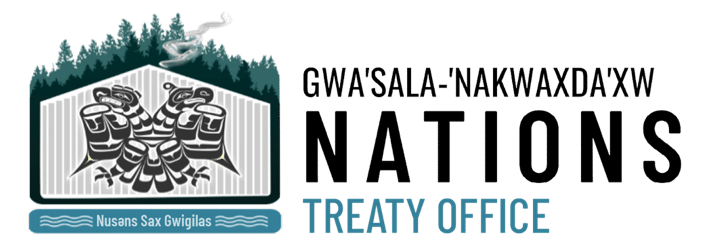
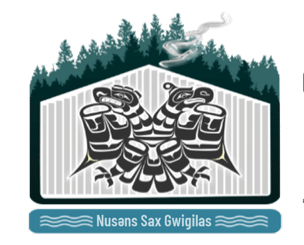
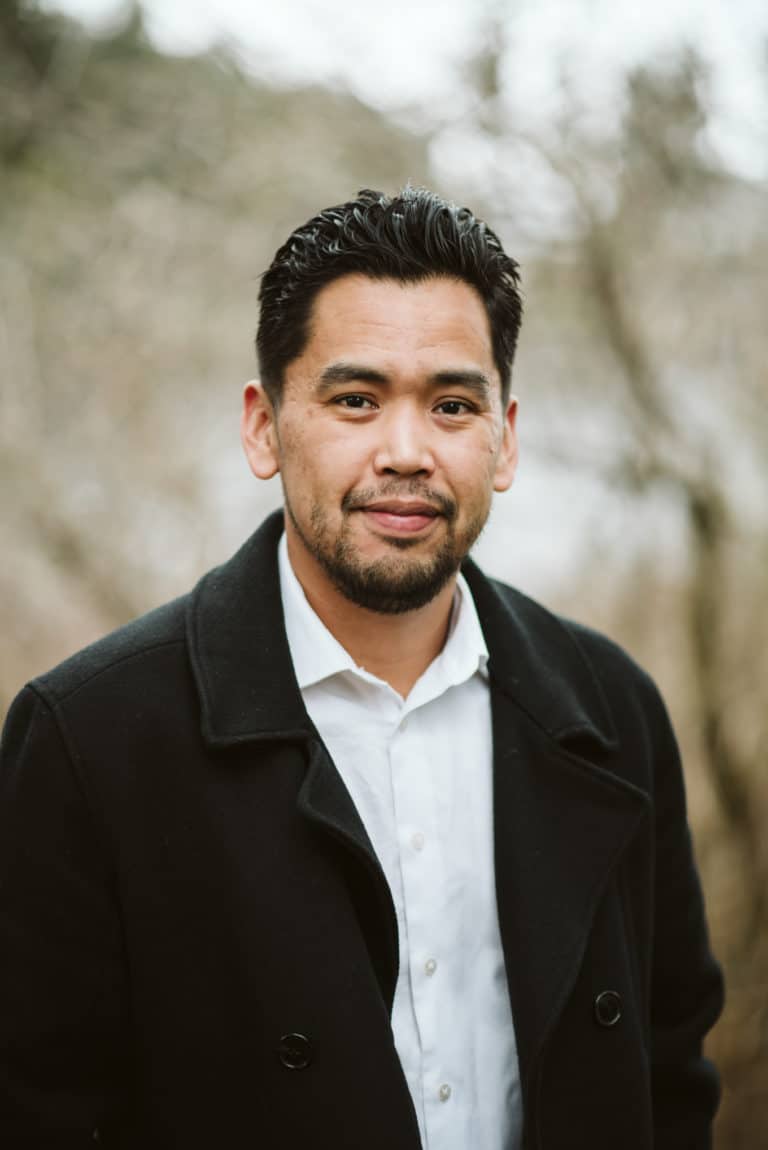
Chief

Councillor
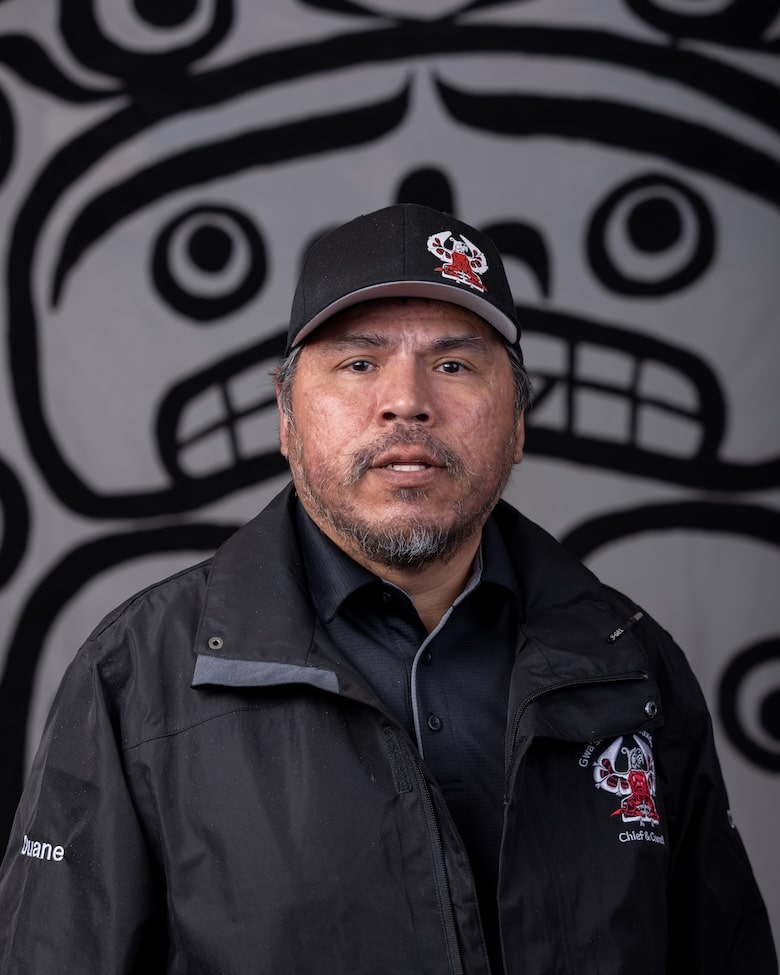
Councillor
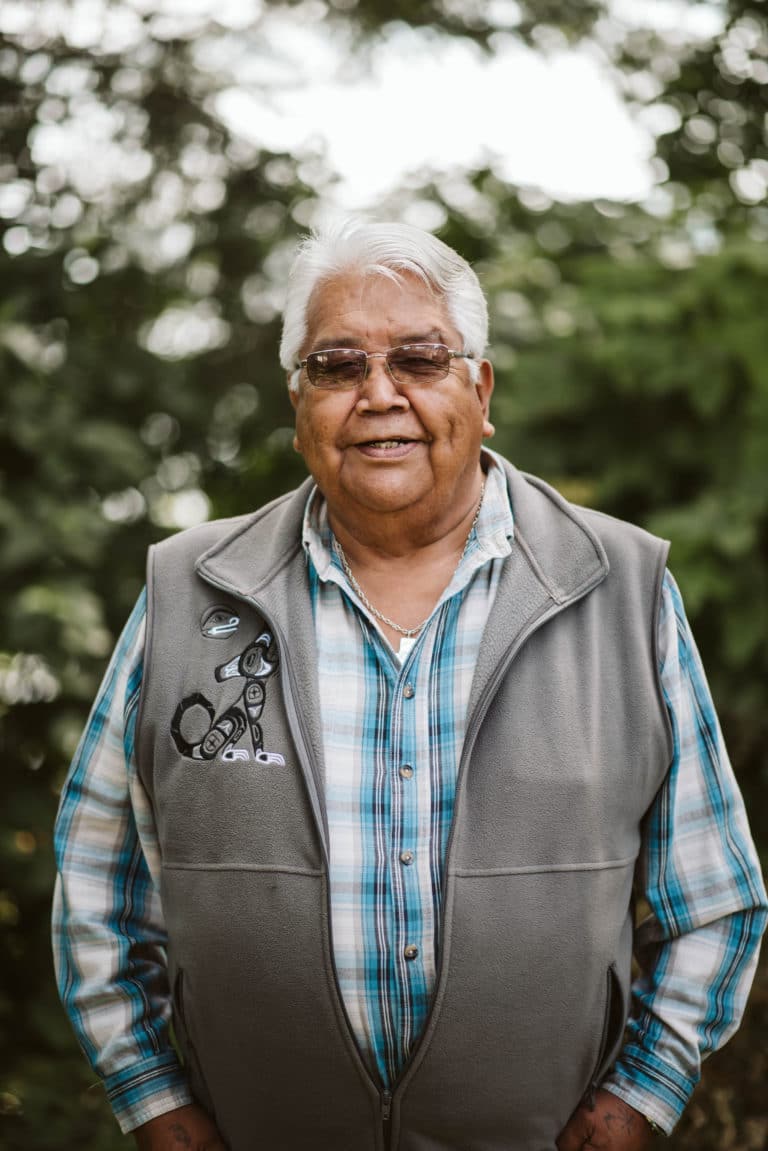
Councillor
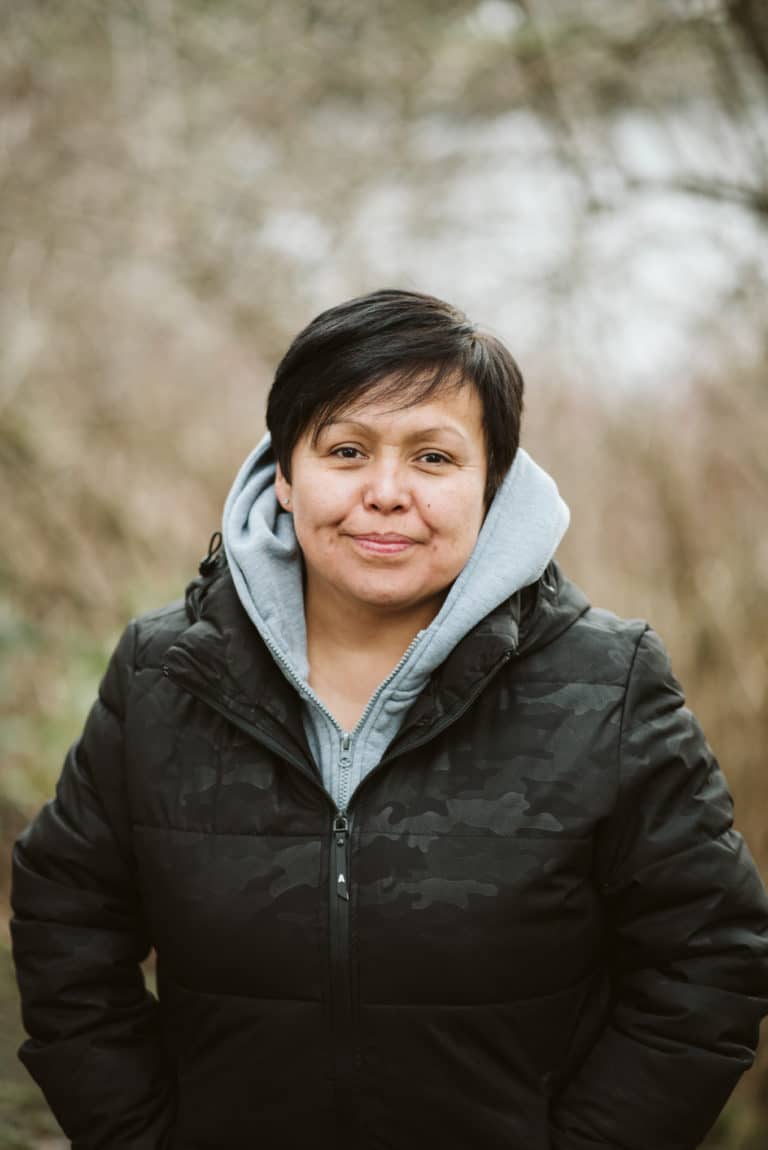
Councillor

Councillor

Councillor

Councillor
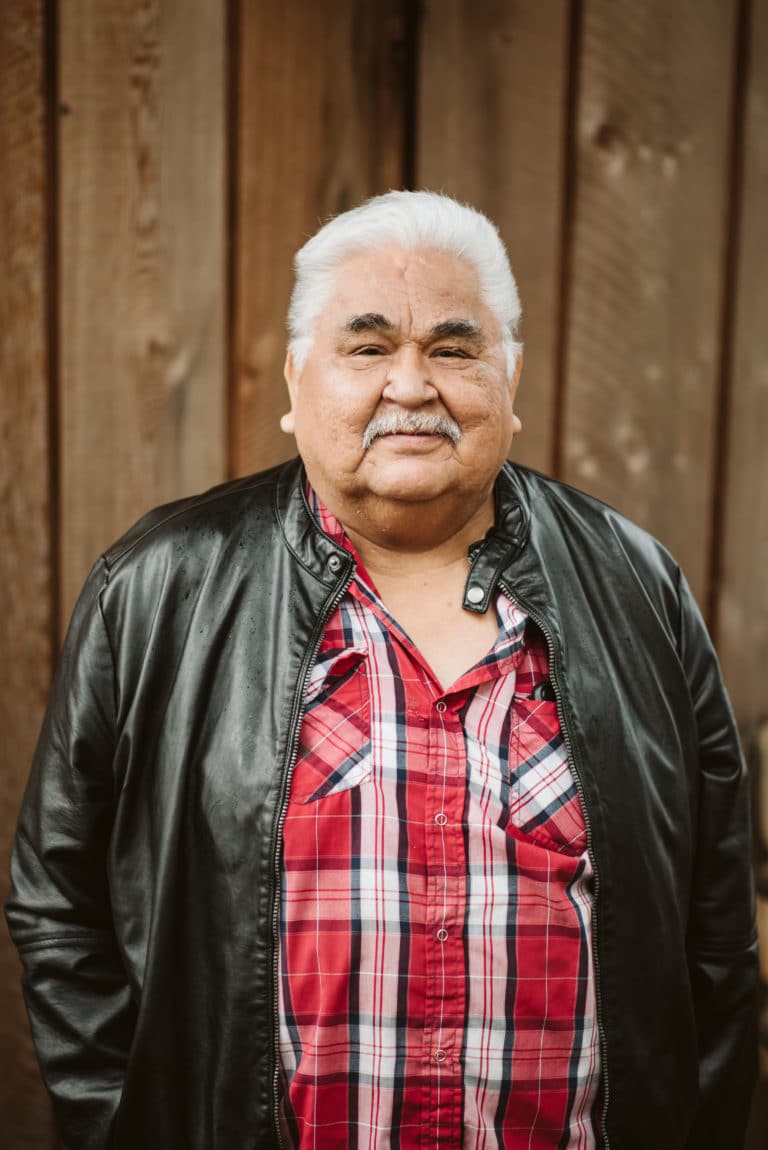
Councillor
Colleen, “Cluya’gilakw” is a member of the Gwa’sala- ‘Nakwaxda’xw Nations. Her family roots are with the ‘Nakwaxda’xw and Laich-Kwil-Tach Nations through her mother, Ida ‘Lucy’ Smith. For the last 25 years she has been the Chief Negotiator for GNN under the BC Treaty Process.
Colleen has a long history of working to promote Self-Determination. She has developed cultural curriculum for school districts; created an indigenous newspaper called Awa’kwis and worked with several First Nations on the North Island as a Self-Government Advisor under the Kwakiutl District Council. She helped with the production of what has become a well-known film called, ‘How a People Live’. In 2012 Colleen was awarded the Queen Elizabeth II’s Diamond Jubilee Medal by the Government of Canada in honour of her contributions and achievements.
Colleen likes to spend time with her family, such as having walks with her grandchildren, being out on the ocean or lending a hand with cultural or creative projects. She also enjoys karate, her garden, and golfing with friends and family.
Murray is a Senior Associate lawyer with Woodward and Co. and has had the honour of working with the Treaty Team as a legal and negotiations advisor for approximately 15 years. He works with a number of First Nations on Treaty negotiations, land code implementation, specific claims, and Aboriginal Rights and Title litigation. He was part of a team of lawyers that worked with the Tsilhqot’in Nation to win a declaration of Aboriginal Title. Murray also has an extensive background in governance, land use management and land management practices.
Murray appreciates his time in community and is honoured for the time and teachings shared with him by wise Elders, matriarchs and Chiefs. He currently lives in Victoria and likes spending time with his family, playing sports, playing music, and swimming and sailing.
David has worked with Gwa’sala- ‘Nakwaxda’xw Nations for approximately 12 years with mapping and Geographical Information Systems (GIS). Living in Nanaimo, he is co-owner of EnCompass Consultants Inc. David’s passion for information management comes from his long history of working at sea as a ship’s officer. David has completed a Master of Arts in Distributed Learning Technologies and Design at Royal Roads University.
David has over 35 years of experience working with First Nations on lands issues. He also works with GNN on lands for Treaty and land and marine planning in the Territories. He is especially interested in planning so that lands and resources are used in a way that ensures they are available into the future for Gwa’sala- ‘Nakwaxda’xw members. He travels to Port Hardy regularly and enjoys the trips to the Homelands with members. When not working, David and his wife and business partner, Paula, can most often be found in their garden or working on their heritage home.
Linda is an ethno-historical researcher and writer, based in Nanaimo. She has worked for the Gwa’sala- ‘Nakwaxda’xw Nations since 2006 assembling a library of historical materials and elders’ interviews and writing reports to support traditional land and resource use negotiations, specific claims and community education. She also assisted in the research and production of the film How a People Live. Over the past few years, she has worked with the Treaty Team and the Royal BC Museum to facilitate the repatriation of Gwa’sala and ‘Nakwaxda’xw cultural belongings.
Linda has worked with many BC First Nations, primarily on Vancouver Island, for over 40 years. She has also published a book on the 1860-1862 Vancouver Island nautical surveys conducted by Captain G.H. Richards.
Linda enjoys reading, writing, travelling and spending time with her son and her community of friends.
Sharlene, Etimot, is a member of the K’omoks First Nation where she lives. She has been supporting the Treaty Team part-time for about 20 years. Her special interest is governance and policy development. She has taken part in various projects, including teachings of the Gukwdzi (Big House), and examining ways to blend modern governance with hereditary systems. In her role with the North Vancouver Island Aboriginal Training Society, Sharlene had the pleasure of getting to know and work directly with First Nations on pressing community and employment development matters.
Sharlene has a degree in Criminology and a Master of Public Administration from Queen’s University. She sits on the Board of Directors for the First Peoples Cultural Council. Other positions have included the Social Planning and Research Council, North Island College, and as a Councillor with her Nation. Sharlene likes to spend time learning through reading and social media, watching movies and attending to her family including her ‘furried’ ones.
Jane provides Negotiation Support to the Treaty team by setting up meetings, taking notes and records of decisions, keeping track of documents, amongst other activities. She has over 30 years’ administrative experience in both the private and non-profit sectors.
Jane lives on Snuneymuxw unceded territory, Gabriola Island, and in her spare time she enjoys her garden, spending time with her family, camping, and riding her horse on the forest trails.